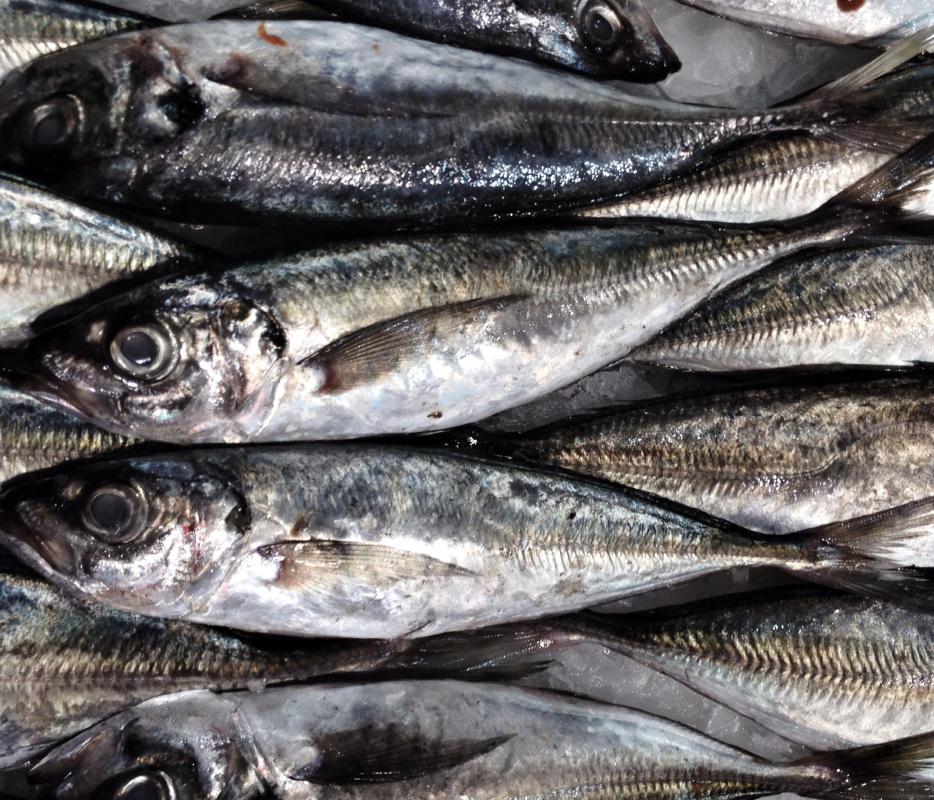At WiseGEEK, we're committed to delivering accurate, trustworthy information. Our expert-authored content is rigorously fact-checked and sourced from credible authorities. Discover how we uphold the highest standards in providing you with reliable knowledge.
What Are the Different Types of Sardine Pasta?
When a restaurant menu or dinner invitation reads, “simple pasta,” there is a good chance that a variation of anchovy or sardine pasta dish will be served. Both are small, rather salty and oily, ocean fish. The smaller anchovy may be mashed and incorporated into a sauce, whereas the larger sardine is usually added whole or in cut pieces as a protein to this traditional Italian starch.
Pasta alone is mostly flavorless and is therefore served with some type of sauce to match the type, shape and texture of the pasta form. Among them, Northern Italian sauces include herb pesto, ragu, and the traditional meat and tomato bolognese that can all be used to create sardine pasta. Both Central and Southern Italy also use tomato sauces, if more simple and spicy, such as the arrabbiata with hot peppers. The addition of vegetables or meats varies by region.

Sardine pasta can be segregated by whether fresh fish is used or a preparation. This roughly corresponds also to a north-south segregation. Venetians will fry and then marinate sardines in olive oil for a sarde in saor to be added, or served as a side with pasta. Spain has a similar preparation marinated in oil, vinegar, raisins, pine nuts and spices. Linguiria bianchetti is boiled sardines or anchovies simply flavored with olive oil, salt and lemon juice, also accompanying pastas.

Central Italty is known for sauces featuring milk and cheeses, such as carbonara and alfredo sauce. These types of sauces usually pair poorly with sardines and other fish. Bucatini is a thick, spaghetti-like pasta about 1/8 inch (3 mm) in diameter with a hole running through the center. It, too, is common in central Italy, served with buttery sauces, pancetta, vegetables, cheese, eggs, and anchovies or sardines.

Southern Italy, on the other hand, is where fresh fish including sardine pasta is most common. Pomodoro, a quick toss of pasta with various ingredients popular on the island of Sardinia, for which the fish is named, is an example. One traditional classic is chopped sardines, toasted pine nuts, thinly sliced fennel root, and olive oil for pasta con le sarde. Tomato sauces are also used and, despite their less than compatible pairing, are often used for seafood pastas, certainly more prominently than the rest of Italy. Another Southern Italian Catholic tradition is sardine pasta as one of the dishes of “The Feast of the Seven Fishes” consumed as a festival vigil to await the midnight birth of Jesus.
AS FEATURED ON:
AS FEATURED ON:













Discuss this Article
Post your comments